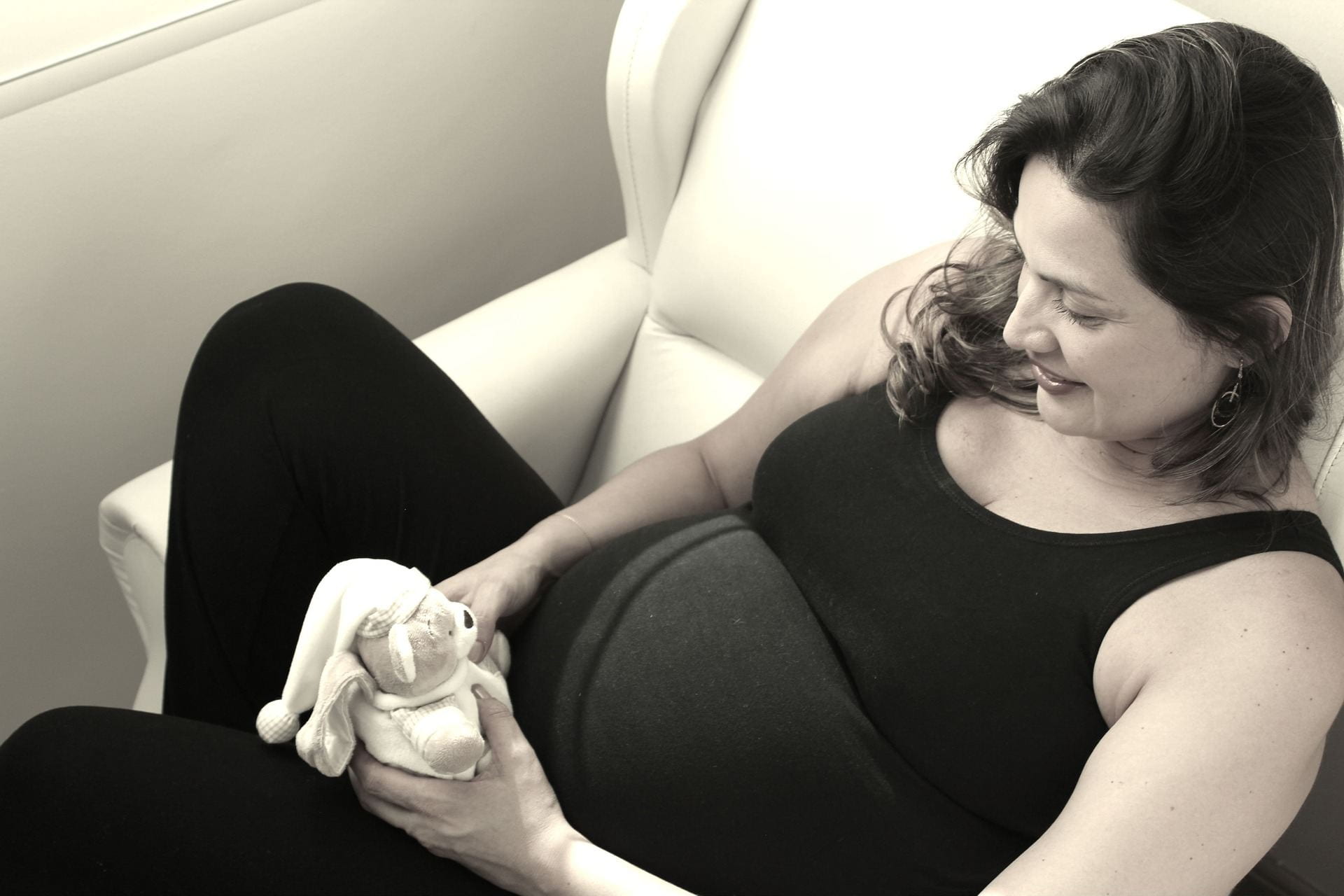Infertile women who identify fertility patterns in their menstrual cycle double their chances of becoming pregnant according to new research published last month.
The study found awareness of physiological changes in their cervical mucus can demonstrably improve women’s chances of falling pregnant.
Senior Lecturer in Medicine at the University of New England Dr Joseph Turner said the findings could help one in six couples affected by infertility.
“GPs can advise women on how to make their menstrual cycle work for them by creating awareness of patterns of fertility. It is a quick and cost-effective approach and is accessible to women who may be remote from primary or specialist care,” Dr Turner said.
Participants consisted of women who wanted to become pregnant and had attended Billings Ovulation® method clinics across Australia.
“The majority of the cohort of 384 women had been clinically infertile for over 12 months. More than half of these women achieved a pregnancy, including 7 out of 20 women who were previously unsuccessful with ART/IVF,” he said.
“Over a quarter of the study group were older than 35 years and achieved a pregnancy rate of more than 50 per cent as well.
“Overall, 92 per cent of pregnancies were achieved within the first 12 months.”
The cohort were grouped into either a high pregnancy potential group or a low pregnancy potential group based on mucus changes.
Favourable mucus symptoms corresponded to a 76 per cent pregnancy rate, and unfavourable mucus symptoms corresponded to a 44 per cent pregnancy rate.
Dr Turner said this method provided a rapid, reliable and cost-effective approach to achieve pregnancy.
“Doctors can now classify fertility potential so that informed decisions about delaying or bringing forward fertility investigations and management can be made to help couples achieve pregnancy sooner.”
The Billings Ovulation® teaches couples to identify patterns of fertility and infertility through observation of physiological symptoms rather than relying on menstrual cycle timing.
This research is published in Human Fertility (DOI: 10.1080/14647273.2019.1671613) and will be available as open access until February 2020.

